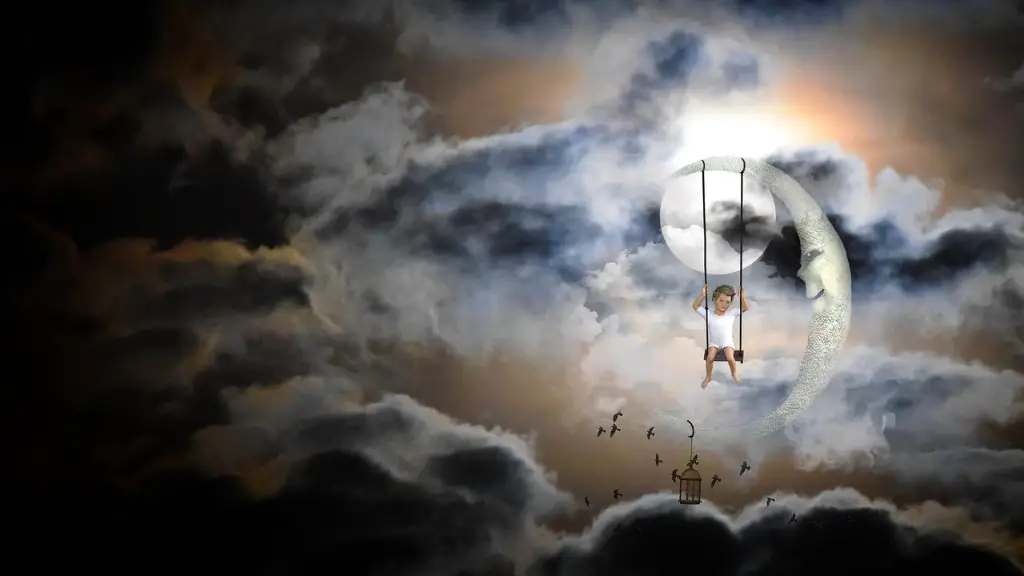A million dreams is a piano accompaniment sheet music that consists of a pattern of chords and notes that creates a pleasant and relaxing melody. This song is perfect for anyone who wants to learn how to play the piano or simply enjoy listening to beautiful music. The chords and notes are easy to follow, making it an ideal choice for beginners. Experienced pianists will also appreciate the beauty of this melody.
A million dreams piano accompaniment sheet music can be found online for free or for purchase.
What grade is a million dreams piano?
This piece is a lighter alternative to grade pieces, and is around Grade 5/6 ABRSM/Trinity. It was created by a member of ArrangeMe, Hal Leonard’s global self-publishing community of independent composers, arrangers, and songwriters.
The G twice with our pointer finger followed by a twice then B twice results in getting then what we’re gonnaMore.
Where can I find sheet music for piano
If you’re looking for free sheet music, there are a few great websites to check out. IMSLP, Musopen, and 8notes are all great places to find high-quality, free sheet music. MuseScore and Mutopia Project are also great resources for free sheet music, and BandMusic PDF has a huge selection of free band scores. Finally, Free Scores and Free Blank Sheet Music both have a ton of free sheet music for a variety of instruments and genres.
This brand-new a cappella setting of A Million Dreams captures the youthful longing and starry-eyed optimism of the text through well-balanced harmonies and turns-of-phrase. The use of different voicings throughout the piece gives it a lot of interest and texture, and the overall effect is very moving and uplifting.
What is the highest grade you can get in piano?
Different schools have different ways of grading the difficulty of piano music. The Royal Conservatory of Music (RCM) and the Associated Board of the Royal Schools of Music (ABRSM) are two of the most common systems.
Basically, these schools divide piano music (or whatever instrument you’re learning) into difficulty levels ranging from preparatory (RCM) or grade 1 (ABRSM) up to grade 10 (grade 8 for ABRSM). The music at each level is progressively more difficult, and requires more skill and technique to play.
So if you’re looking for a particular piece of music, you can check the grade level to see if it’s appropriate for your skill level. If you’re just starting out, you’ll want to look for music at the lower levels. As you get more experienced, you can move on to the higher levels.
The Grade 7 Piano exam is for candidates who have extended their advanced level playing. They have mastered the key skills up to Grade 6 and developed notable security of appropriate technique, use of expressive devices, rhythmic complexity, fluency and musical understanding. This exam is designed to test a candidate’s ability to play more complex pieces and to show a greater understanding of music theory.
What is the saddest note on the piano?
The key of D minor is sometimes referred to as the saddest key, as it is often associated with mourning and sadness. This is likely due to the fact that the key of D minor often features dark and minor tonalities, which can create a feeling of melancholy. However, it is important to note that the key of D minor can also be used to convey other emotions, such as strength and resolve in the face of adversity. Ultimately, the key of D minor is a versatile tool that can be used to evoke a variety of emotions, depending on the context in which it is used.
La Campanella is one of the most difficult pieces of piano music ever written. It requires the pianist to have exceptional skill and technique, as well as the ability to play at a very fast tempo. The piece is also famous for its large jumps for the right hand, which can make it even more challenging to play.
What is the hardest song in the world to play on piano
There is no doubt that the Hammerklavier is one of the most difficult pieces for piano. It is a massive work, both in terms of its length and its technical demands. Beethoven creates a huge sound world, full of drama and power. The ability to navigate the myriad of challenges in this work is what separates the great pianists from the rest.
Pianists often find themselves performing Contemporary music with sheet music due to the different style and lack of structure in Contemporary music. Classical music is typically much more structured, making it difficult for Contemporary music to follow the same rules. As a result, Contemporary music often requires pianists to improvise and use their creativity to fill in the gaps.
How to find sheet music for free?
There are a few great sites where you can find and print free sheet music. 8notes is a great resource for finding sheet music for a range of instruments and levels. IMSLP is another great option, with a huge selection of sheet music available. Pianotte is also a great site for finding free sheet music for piano. Musopen is a great resource for finding free sheet music for a range of instruments. The Mutopia Project is also a great option for finding free sheet music. ChoralWiki is also a great resource for finding free sheet music for choirs. Finally, Making Music Fun is a great site for finding free sheet music for a range of instruments and levels.
IMSLP – The International Music Score Library Project is a vast collection of public domain sheet music. With over 400,000 scores, if it is classical, traditional folk, or maybe some jazz music you are after, this site is a gold mine.
What’s great about this site is that you can search by composer, title, or instrument, making it easy to find exactly what you’re looking for. Even better, you can filter your results by popularity, date, or alphabetically, so you can always find the newest or most popular scores.
If you’re looking for free sheet music, this is definitely the site for you. With so many scores available, you’re sure to find something you love.
What are the harmony notes
Whenever we hit a transitional note, we can use a note within a 3rd of that note in order to create a harmony that works well with the melody without butting up against it. Harmony is all about creating a pleasing sound, and using notes within a 3rd of each other is a great way to do that.
So we start on the first note of the melody Go up two notes and scale And then we lock on to the next note in the melody.
How do you know if a song has harmony?
Harmony is created when two or more notes are played at the same time. To identify harmony, listen for tones that are sung outside of the main melody. These harmony notes will add new dimension and color to the music.
Fur Elise is a famous piano composition by Beethoven. The full version of the piece is considered to be quite difficult, and is generally graded around a 5. However, a shorter arrangement of only the famous section is often taught to beginner and intermediate level players. This shorter version is a great way to get introduced to the piece, and can be a fun and challenging song to learn.
Conclusion
There are a few different places that you can find a million dreams piano accompaniment sheet music. One place that you can look is online, on websites that sell sheet music. Another place to look is at your local music store.
In conclusion, the “a million dreams piano accompaniment sheet music” is a great way to improve your piano playing skills. It is an easy to follow guide that will help you to play the piano in a more efficient way. The audio quality is top notch and the price is reasonable.





